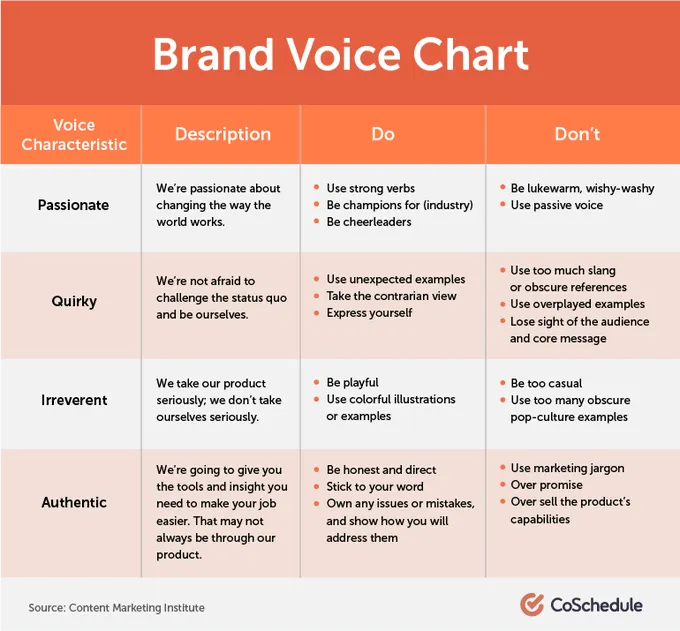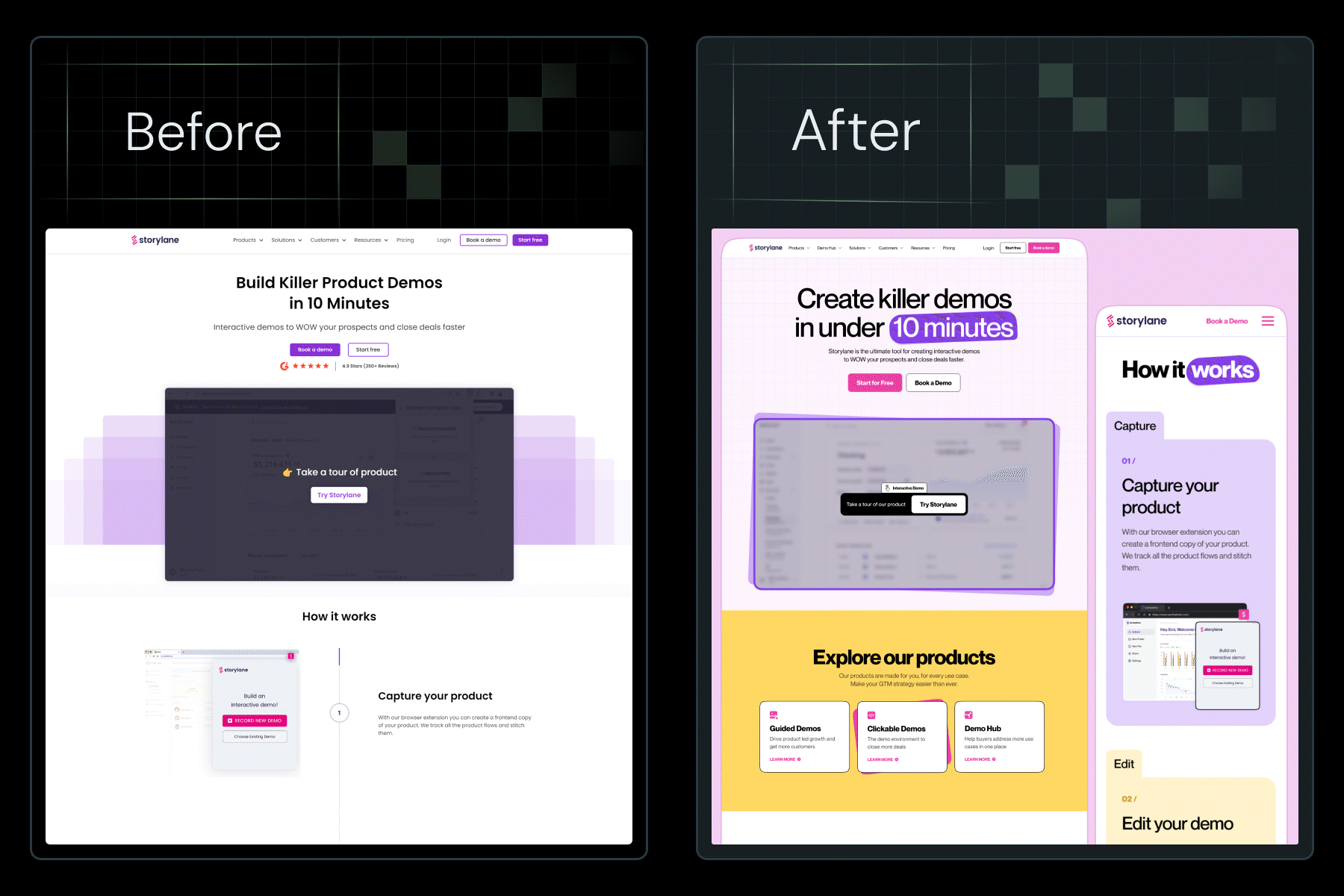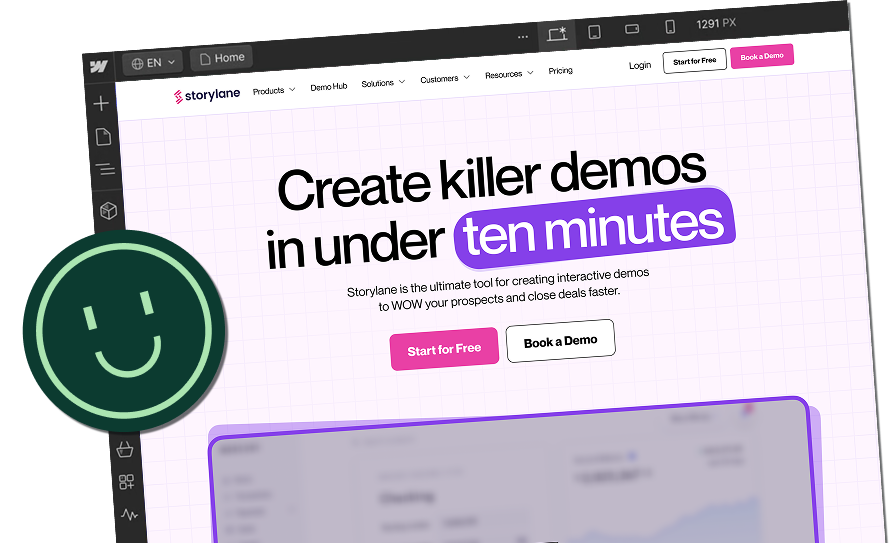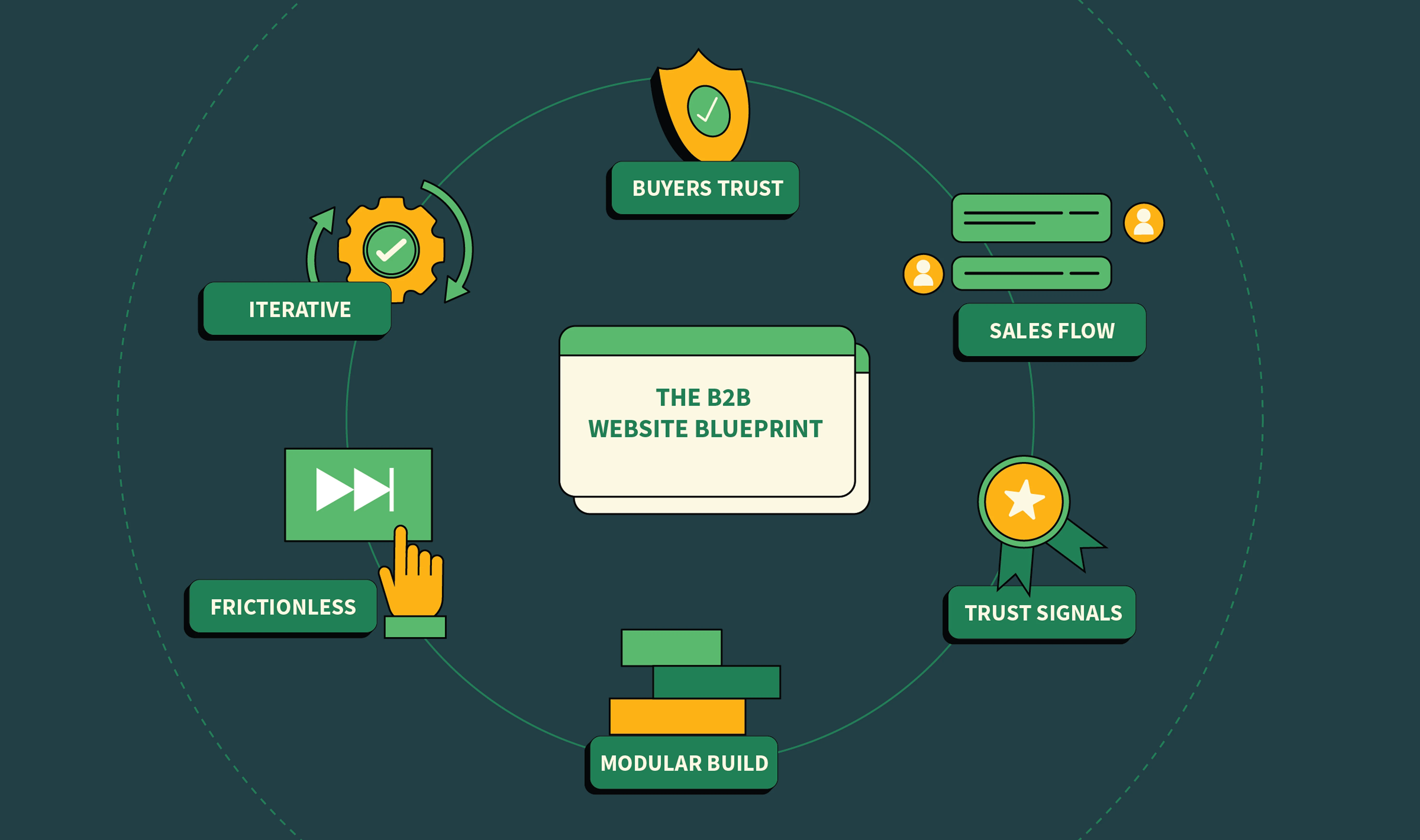Website Revamp: How to think about them?


Website revamps are a way to redo your entire website for design, strategy, conversion optimization, illustrations, tone of voice, etc to accelerate conversions and create business impact. Your website content doesn’t have to change with the revamp, but the goals and content strategy can be relooked depending on the revised business goals. Website revamps aren’t to be confused with website redesigns. Redesigning a website can be an incremental process, and can be adopted as and when your brand needs to relook it’s identity, without thinking about business outcomes.
Website revamps are an exercise almost every Marketer or entrepreneur has gone through at least once in their career. I talk to prospects about their websites every day and no matter how different these businesses are, their goals to revamp the website are similar.
But are they right?
You'll find out.
At ThunderClap, one of our services includes revamping B2B SaaS websites to build websites that are not only appealing but highly converting. After analyzing hundreds of sales calls that we have taken, here is how brands should not think about website revamps.
Here's where brands go WRONG about website revamps:
When brands go wrong about website revamps?
1. Change in leadership

They have a new Marketing Manager who wants to execute different ideas. And the best way to show an impact for a newcomer is to take on a high-impact project and deliver value.
2. Competition
They think their website has no feel, their competitors' is better. Digital peer pressure ensues when your competitor’s website looks better than yours. And then that develops a need for a revamp.
3. Misconception around conversion

They think just a design revamp will boost website conversions. Yes, a visually appealing website is important but this factor doesn’t triumph over everything else.
4. Lack of clarity
A lack of clarity on business goals and the current state of affairs causes brands to think that it’s a website revamp that they’re lacking.
5. Inconsistency in brand identity

Brand identity is a function of the clarity inside the organization. If you don’t know what your brand stands for, what it represents, and how it should be communicated to your audience, your voice will always be flawed.
6. Immediate results
They think website revamps are a magical key to solving all their business problems. Once they implement the website revamp, brands think that the results and sales will start rolling in immediately.
7. The downside to a wrong decision
As complex as the website revamp process is, brands underestimate the cost of getting this process wrong. Your website is a snapshot of your business, the downside to doing a bad job goes unnoticed.
8. Neglecting user journey

Website revamps are thought of visually more than strategically. Less focus on user experience or user journey will only lead to poor conversions.
9. Stakeholder management

Website revamps are not a one-person job. It’s an asset that affects the entire business, but not all-important stakeholders are involved in the decisions. Not identifying the key stakeholders with critical buy-in can result in a lot of back and forth.
10. In-house bandwidth issue
Website revamp is a one-time exercise, but maintaining websites is not. The brand’s struggle to maintain the revamped website to the best of its ability can make or break the impact the revamp has.
This is what brands get wrong about revamps.
How should you think about revamping, instead?
1. Analyze current performance

Analyze where you stand currently concerning goals, conversions, and other KPIs. Identify gaps by using tools like GA4, and Hotjar and build a hypothesis on what could be wrong.
2. Set realistic goals

Once you have an idea of the current scenario, find areas of improvement that can have a business impact. Set 2 or 3 SMART goals before hunting for agencies and crafting strategies.
3. Customer journey

Your website is one of the most important touch points for your users. Think thoroughly about the customer journey, what they should be shown, how to guide them down the funnel, etc. Let this guide your website strategy.
4. Customer-centric
Your redesign should be based on customers' preferences, not the CEO's preferences. In the spirit of revamping your website, don’t forget who it is supposed to serve. Only when a user can easily navigate through the website and see useful content will they consider purchasing your product.
5. Brand voice

Realize that just visually upgrading your website won't result in conversions. Be clear about your brand voice and messaging. The same should be consistently communicated across ads, social media, content assets, events, etc.
6. Take it slow
Often exercises like website revamps come with a predetermined deadline. Realize that it’s better to take extra time doing it right than wrapping up a shoddy job. Don't rush the process of ideation, strategy, and implementation. Keep your business goals and customer preferences in mind.
7. Be patient
The results after your website revamps won't be immediate, factors like SEO, and stability in traffic will take some time to reflect. Identify the indicators that suggest an improvement for your KPIs and closely monitor them over an extended period.
If we could give our clients and prospects a framework of how to think about website revamps, this would be it. These processes are granularly taken care of once a client signs up with us. Read more about our website strategy services.

Browse Similar Articles




Interested in seeing what we can do for your website?





.webp)











.svg)




.png)








































































.png)